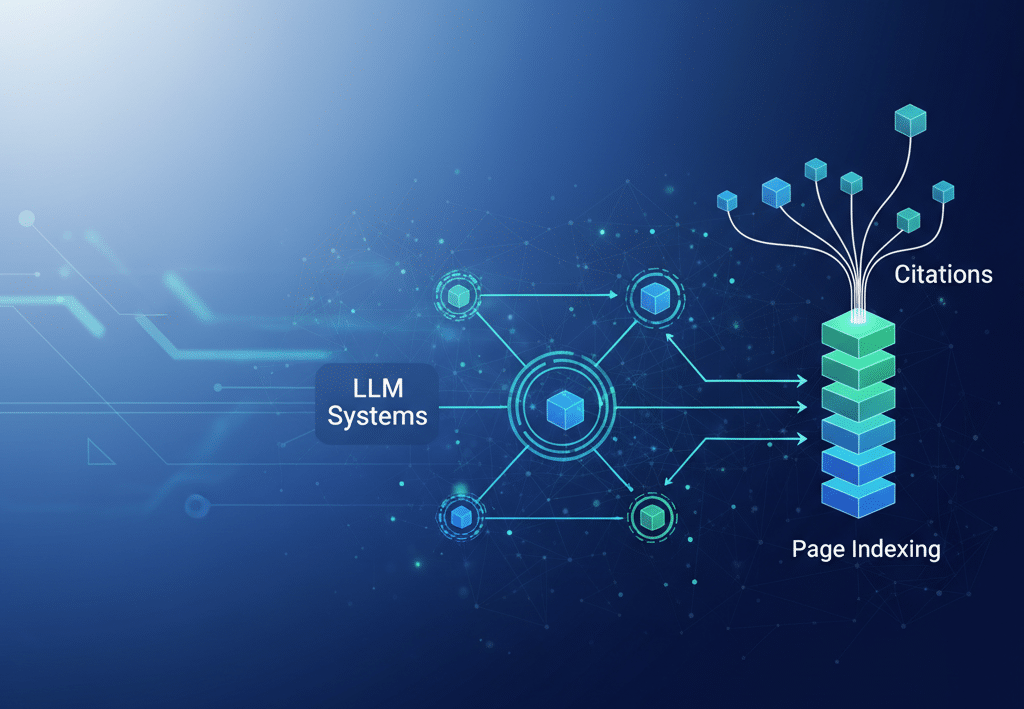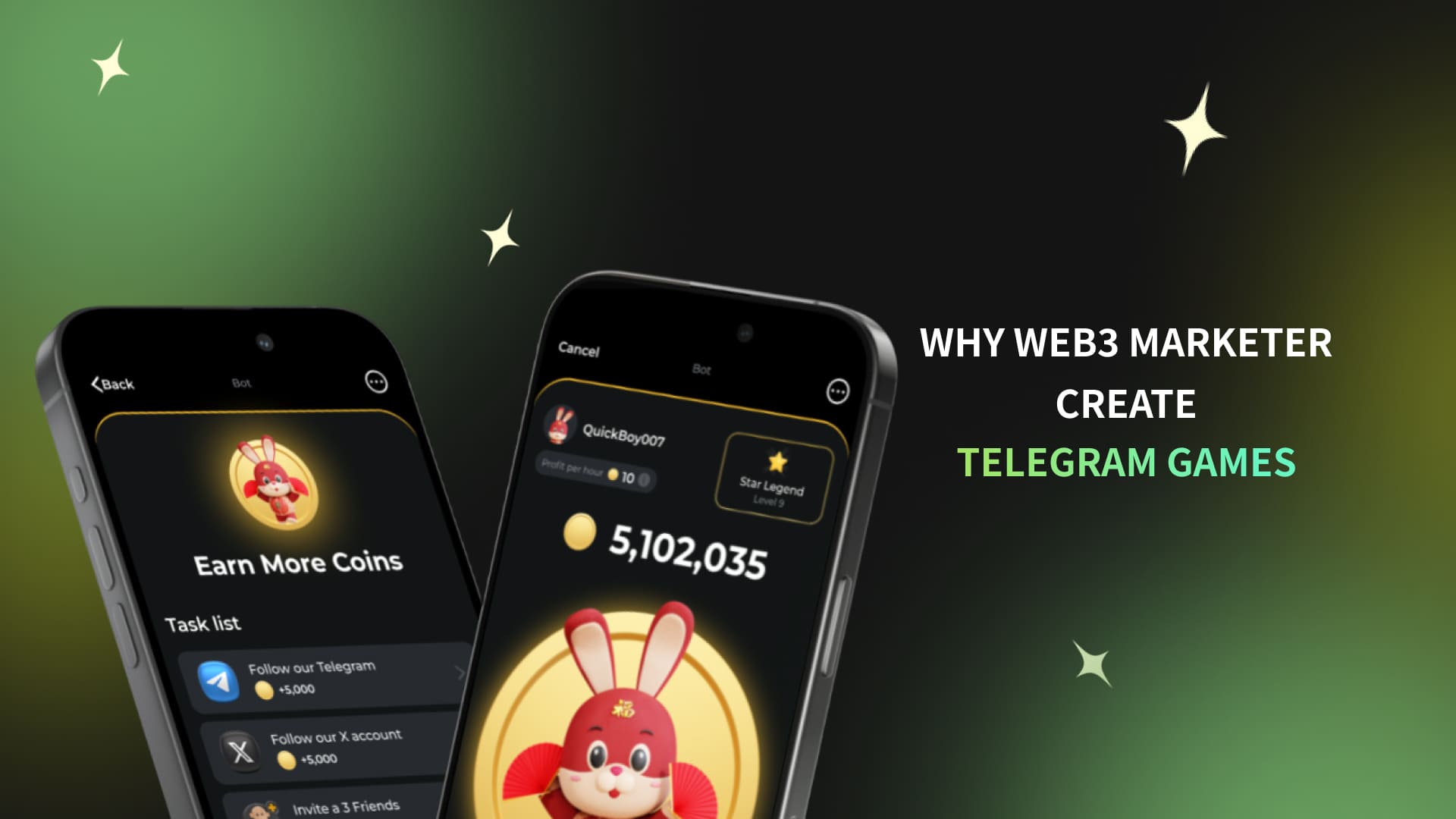
Guides
LLM Output Dependency on Google and Bing Rankings: Independent AI Response Test Results #8
ChatGPT, Google AI Overview, and other AI assistants already process millions of queries daily, offering ready-made answers instead of the list of page[...]
19 Dec 2025
0 views













